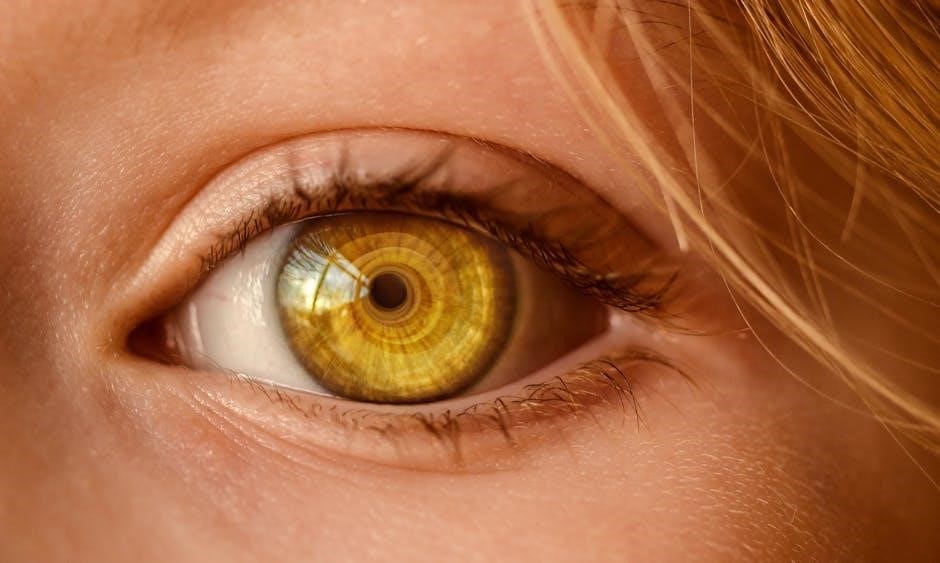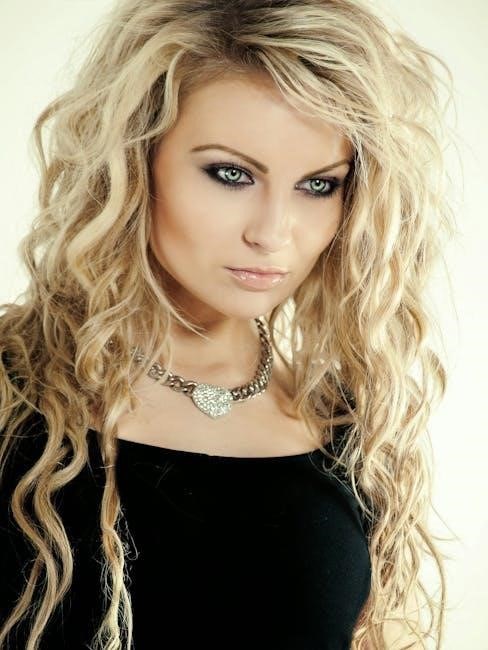
tutorial on diffusion models for imaging and vision
Diffusion models introduce a new sampling mechanism for generative tools, overcoming previous shortcomings, and are discussed in this
introduction
to their essential ideas and applications in imaging and vision fields with various uses daily.
Background and Motivation
The development of diffusion models has been motivated by the need for more efficient and effective generative tools in imaging and vision applications.
The use of diffusion models has been driven by the desire to overcome the limitations of traditional generative models, such as variational autoencoders and generative adversarial networks.
In recent years, there has been a growing interest in diffusion models due to their ability to generate high-quality images and videos.
The background of diffusion models lies in the field of statistical physics, where diffusion processes have been used to model the behavior of particles in a system.
The motivation behind the development of diffusion models is to provide a new framework for generative modeling that can capture the complex distributions of data in imaging and vision applications.
The use of diffusion models has been shown to be effective in a variety of applications, including image editing, image synthesis, and image-to-image translation.
Diffusion models have the potential to revolutionize the field of imaging and vision by providing a new and powerful tool for generative modeling.
The study of diffusion models is an active area of research, with many opportunities for future development and application.
Overall, the background and motivation behind diffusion models provide a foundation for understanding their potential and importance in imaging and vision applications.
Importance of Diffusion Models in Imaging and Vision
Diffusion models have become a crucial tool in imaging and vision applications due to their ability to generate high-quality images and videos.
The importance of diffusion models lies in their capacity to capture the complex distributions of data in imaging and vision applications.
They have been shown to be effective in a variety of tasks, including image editing, image synthesis, and image-to-image translation.
Diffusion models have the potential to revolutionize the field of imaging and vision by providing a new and powerful tool for generative modeling.
The use of diffusion models can improve the quality and realism of generated images and videos, making them more suitable for real-world applications.

Additionally, diffusion models can be used to generate new images and videos that are similar to existing ones, which can be useful in applications such as data augmentation and style transfer.
The importance of diffusion models in imaging and vision is evident from their increasing use in various applications, including computer vision, robotics, and healthcare.
Overall, diffusion models have the potential to make a significant impact in the field of imaging and vision, and their importance is expected to continue to grow in the future.
They are a valuable tool for anyone working in imaging and vision applications.

Foundations of Diffusion Models
Diffusion models are built on mathematical concepts, forming the basis for understanding their applications in imaging and vision fields with various mathematical equations and techniques used daily always.
Variational Autoencoders as Basics
Variational autoencoders are a type of deep learning model that learns to represent input data in a probabilistic manner, which is essential for understanding diffusion models.
They consist of an encoder and a decoder, where the encoder maps the input to a latent space and the decoder maps the latent space back to the input.
This process allows the model to learn a compressed representation of the data, which can be used for various tasks such as dimensionality reduction and generative modeling.
In the context of diffusion models, variational autoencoders provide a foundation for understanding how to model complex data distributions.
The use of variational autoencoders as a basic component of diffusion models enables the development of more sophisticated models that can capture intricate patterns in data.
By building on the concepts of variational autoencoders, diffusion models can be designed to perform a wide range of tasks, from image editing to text-to-image generation.
The relationship between variational autoencoders and diffusion models is a key aspect of this tutorial, providing a comprehensive understanding of the underlying principles.
Overall, the basics of variational autoencoders are crucial for understanding the more advanced concepts in diffusion models.
Denoising Diffusion Probabilistic Models and Score Matching Langevin Dynamics
Denoising diffusion probabilistic models are a class of models that have shown great promise in imaging and vision tasks, particularly in the area of generative modeling.
These models work by iteratively refining the input data, using a process called denoising, to produce a final output that is similar to the original data.
Score matching Langevin dynamics is a key component of these models, allowing them to efficiently explore the data distribution and produce high-quality samples.
The combination of denoising diffusion probabilistic models and score matching Langevin dynamics enables the development of powerful generative models that can capture complex patterns in data.
This tutorial will delve into the details of these models, providing a comprehensive understanding of how they work and how they can be applied to various imaging and vision tasks.
The mathematical formulations of these models will be discussed, along with their implementation details and applications in real-world scenarios.
By exploring the connections between denoising diffusion probabilistic models and score matching Langevin dynamics, this tutorial aims to provide a thorough understanding of these advanced topics.
The discussion will focus on the theoretical foundations and practical applications of these models.

Mathematical Formulations
Formulations involve stochastic processes and differential equations to model diffusion, providing a mathematical framework for imaging and vision applications daily always.
Stochastic Differential Equations and Their Relation to Diffusion Models
Stochastic differential equations play a crucial role in understanding diffusion models, as they provide a mathematical framework for modeling the diffusion process. These equations describe the evolution of a system over time, taking into account random fluctuations and uncertainties. In the context of diffusion models, stochastic differential equations are used to model the reverse process of diffusing a signal or image, allowing for the generation of new samples. The relation between stochastic differential equations and diffusion models is fundamental, as it enables the development of efficient algorithms for sampling and inference. By leveraging stochastic differential equations, researchers can design more effective diffusion models for imaging and vision applications, such as image editing and synthesis. This mathematical formulation has far-reaching implications for the field, enabling the creation of more realistic and diverse generated images. Furthermore, it has the potential to improve existing applications and enable new ones, driving innovation in the field of computer vision.

Applications of Diffusion Models
Diffusion models have various applications in imaging and vision fields with uses daily including generation and editing of images and videos online always.
Image Editing and Synthesis
Diffusion models have been successfully applied to image editing and synthesis tasks, allowing for controllable and semantic generation of images. This includes generating images from text prompts, editing existing images, and synthesizing new images from scratch.
The use of diffusion models in image editing and synthesis has enabled a wide range of applications, from generating realistic images of objects and scenes to creating artistic and stylized images.
Furthermore, diffusion models can be used for image-to-image translation tasks, such as converting daytime images to nighttime images or translating images from one style to another.
Overall, the application of diffusion models to image editing and synthesis has opened up new possibilities for generating and manipulating images, and has the potential to revolutionize the field of computer vision.
With the ability to generate high-quality images, diffusion models are being used in a variety of applications, including computer vision, robotics, and graphics.
Image-to-Image Translation and Superresolution
Diffusion models have shown great promise in image-to-image translation tasks, such as translating images from one domain to another, like converting sketches to photorealistic images.
These models can also be used for superresolution tasks, where they can generate high-resolution images from low-resolution inputs, enhancing the details and textures of the images.
The key to these applications is the ability of diffusion models to learn the underlying patterns and structures of the images, allowing them to generate realistic and coherent outputs.
By leveraging the power of diffusion models, researchers and developers can create more accurate and efficient image-to-image translation and superresolution systems, with potential applications in fields like computer vision, graphics, and robotics.
The use of diffusion models in these tasks has the potential to improve the quality and realism of the generated images, enabling new applications and use cases, such as enhancing low-quality images, generating realistic textures, and creating detailed 3D models from 2D images, with many potential uses.